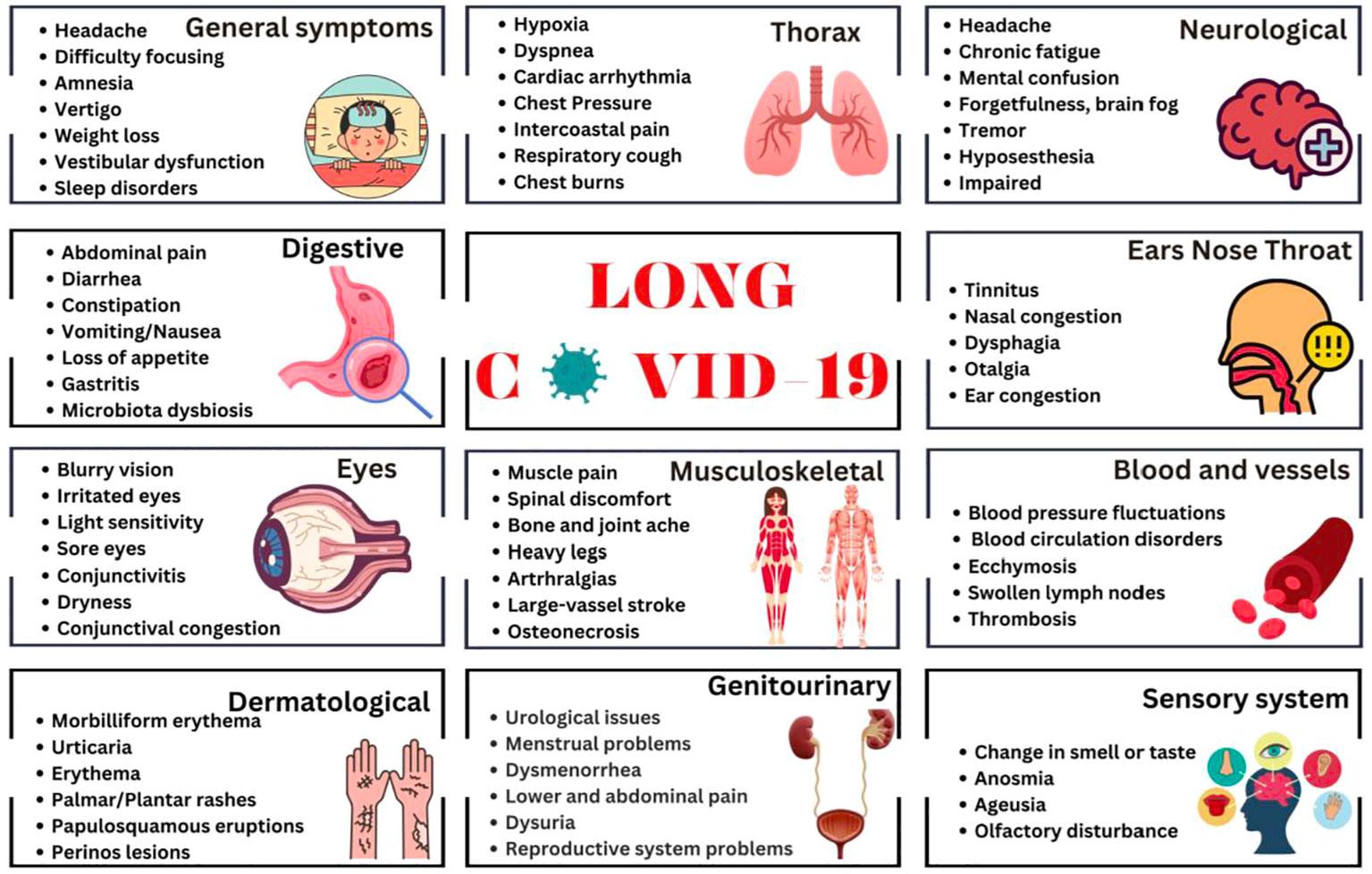The Evolution of COVID Symptoms in 2025

Introduction
As the global community evolves alongside the COVID-19 pandemic, understanding the symptoms associated with the virus has become increasingly important. By 2025, the presentation of COVID symptoms has adapted, reflecting changes in virus variants and the widespread availability of vaccines. Keeping informed about these symptoms is essential for timely responses and reducing transmission.
Current COVID Symptoms in 2025
Research indicates that COVID-19 symptoms have diversified. While traditional symptoms like fever, cough, and loss of taste and smell remain prevalent, new variants have introduced additional symptoms. These may include gastrointestinal issues, persistent fatigue, and neurological symptoms such as headaches or dizziness. The emergence of subvariants has led healthcare professionals to keep a close eye on symptom variations and potential long-COVID implications.
Public Health Response
As governments around the world adapt to managing COVID-19 in an endemic stage, public health campaigns have shifted focus towards educating communities about the signs and symptoms to look for in 2025. With a significant percentage of the population vaccinated or having had the virus, health authorities encourage individuals to remain vigilant. Routine screenings and testing continue to be important, especially for individuals exhibiting new or unusual symptoms.
Date Updates and Advice
Health officials advise individuals to consult local health guidelines to stay informed about the current situation. In various regions, symptoms can manifest differently based on the predominant strains of the virus. Reporting symptoms promptly can contribute to better containment measures and assist with public health data collection.
Conclusion
As we progress through 2025, the understanding of COVID symptoms is vital for managing personal health and public safety. Monitoring the developments in virus variations and their symptoms is crucial for everyone. Awareness leads to proactive health management, ultimately aiding in controlling the pandemic’s effects and moving toward normalcy.
